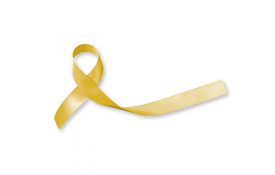
Lab experiments sometimes have participants engage in tasks that don’t capture the full range of behaviors people display in their day-to-day lives, but pairing realistic tasks with machine learning could help researchers more accurately assess individuals’ personality traits.

A special collection of articles in Perspectives on Psychological Science provides insights from leading researchers on the interplay between humans and algorithms.
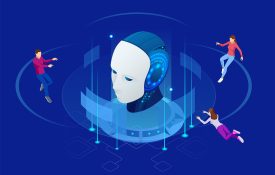
Teaching: Try these classroom activities to clarify the myths and realities of artificial-intelligence capabilities.
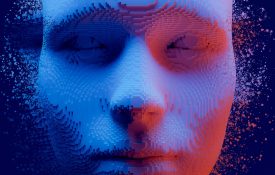
While children and adults alike can solve problems by finding novel uses for everyday objects, AI systems often lack the ability to view tools in a new way, researchers explain in this study.
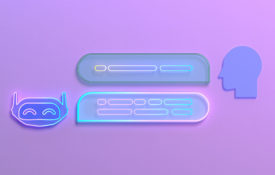
In the latest Science for Society webinar, psychologists came together to discuss the past and current applications of artificial intelligence from a scientific perspective. A recording of the webinar is also available for registrants and APS members.
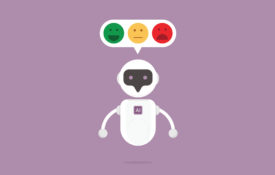
APS members weigh in on the biggest opportunities and/or ethical challenges involving AI within the field of psychological science. Will we witness vast and constructive cross-fertilization—or “a dystopian cyberpunk corporation-led hellscape”?
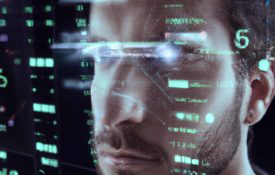
Patients are often resistant to the use of artificial intelligence in healthcare. But AI-assisted care could usher in a new era of personalized medicine.

Previews of relevant research by students and early-career scientists.
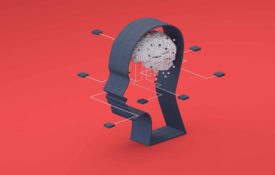
A collection of research on various aspects of AI, published between 2018 and 2022 in the APS journals.
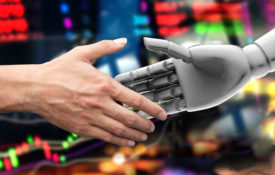
Imagine that we designed a fully intelligent, autonomous robot that acted on the world to accomplish its goals. How could we make sure that it would want the same things we do? Alison Gopnik explores. Read or listen!
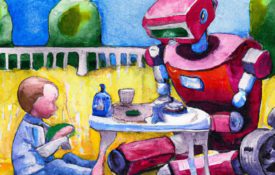
Gary Lupyan, Tracy Riggins, and Elizabeth Schotter are the latest recipients of the Sabbatical Fund Fellowship from the James McKeen Cattell Fund.

“Human behavior is at the heart of so many global challenges involving behavior change,” said Susan Michie at ICPS 2023. And at the heart of “preventing and getting out of them.”
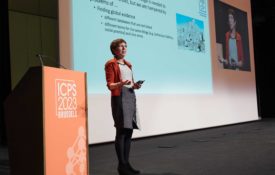
Moira Dillon, an assistant professor at New York University, discusses her research into how infants' intelligence can contribute to the future of developing humanlike artificial intelligence.

Steven W. J. Kozlowski discusses his research at the Advanced Research on Complex Adaptive Systems project and how computational modeling can help explain what we observe in the real world.
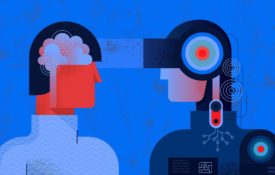
APS President Alison Gopnik writes that the contrast between the reasoning of creative 4-year-olds and predictable artificial intelligence may be a key to understanding how human intelligence works.
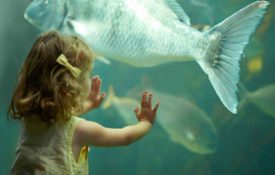
How artificial intelligence is functionally deployed in the workplace impacts whether workers feel threatened by it or embrace it.

New findings signal the complexities that robots and artificial intelligence create for workplace accountability.
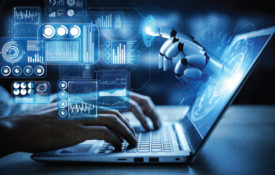
Researchers explore our preference for human skill and instinct over technologies that have proven themselves better than us at driving, performing surgery, and making hiring decisions.

The strategies children use to search for rewards in their environment could be used to create more sophisticated forms of artificial intelligence.
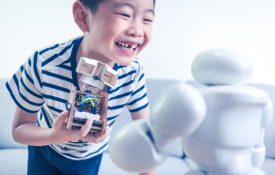
Researcher Daeyeol Lee uses methods from economics, neuroscience, and artificial intelligence to understand the brain’s ability to make decisions.

From R2-D2 to Astro Boy to WALL-E, science fiction is riddled with diminutive, scrappy robots and androids that serve as sidekicks, assistants, and even heroes. But in the real world, childlike robots are increasingly at
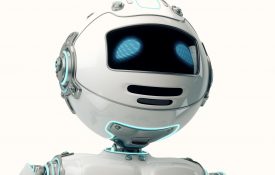
Machines are getting smarter, but they're no match for human infants — APS William James Fellow Linda B. Smith explains why.

Eye contact is enormously important in human communication, particularly in driving. Psychological research shows what can happen when autonomous vehicle technology replaces that interaction.

Researchers are hoping to prevent suicides by harnessing the computing power of machine learning and artificial intelligence to pinpoint patients most at risk.
